Published on 25 August 2023
Reading time: 5 min.
One of the reasons that make The Islands of Tahiti such a beautiful paradise, is the diversity of its flora and fauna. In each of the five archipelagos, nature is abundant, both on land and in the sea. During your visit, you’ll be able to discover the richness of this natural heritage.
Aquatic life is one of the main attractions for tourists, and The Islands of Tahiti is a destination reputed for its coral reefs, tropical fish and the variety of marine species that live in its warm waters. On the islands, the lush forests and lush green valleys are home to all kinds of plants, flowers, birds and insects. Some of the trees, such as the pandanus, or pae ore in Tahitian, are used for traditional craftwork. Others bear the delicious tropical fruits that you’ll enjoy during your stay. The names of certain places reflect the importance of the natural world for the people of French Polynesia: vanilla island, the monoï trail, bird island. A scuba diving or snorkeling session will enable you to admire the multitudes of tropical fish, corals and other marine species that live in our ocean. The protection and preservation of this unique natural environment, is a daily challenge that is being met by numerous associations. You can learn more about the unique biodiversity of French Polynesia by visiting the Te Fare Natura ecomuseum in Moorea.
The flora of The Islands of Tahiti
These are some of the main species of plants that grow on our islands. On the beaches, you’ll find ironwood trees, called ‘aito in Tahitian. Tahitian Vanilla, a veritable symbol of French Polynesia, is particularly present on the Society Island of Taha’a, but you’ll also find plantations on many other islands. The breadfruit tree, called ‘uru in Tahitian, is one of the basic ingredients of the Polynesian diet, rather like bread in western countries. The tiare Tahiti is the small, fragrant white flower that is emblematic of our islands. It’s the flower used to make the garlands that visitors receive when they arrive. It is also used to perfume the famous mono’i oil. The tiare apetahi, is less well-known but equally as precious. It only grows on the summit of Mount Temehani, in Raiatea. Polynesians once used plants for medicinal purposes, and despite the arrival of modern medicines, ra’au tahiti, as these traditional treatments are known, is still a very common practice.



The coconut tree, sometimes called the tree of life, has always been an essential part of Polynesian life. We drink its water, eat and make milk from its flesh, use the trunk for building and weave the palms for roofing. A plant that is also important for Polynesians is the pineapple. You’ll realize just how important when you discover the extent of the plantations of the local variety, Queen Tahiti, on the island of Moorea.
The fauna of French Polynesia
The vini’ura, or Kuhl’s lorikeet, is an endemic parrot of French Polynesia, that is only found on Rimatara in the Austral Islands. The local inhabitants have formed an association aimed at protecting and preserving this beautiful and fragile little bird.

Among the multitude of marine species in the water of French Polynesia are: whales, sharks, tuna, sea turtles, dolphins, rays, crabs and myriads of tropical fish. To preserve the biodiversity of the ocean and the lagoons, the much-acclaimed ancestral practice of rahui is used. This custom forbids the fishing of certain species at certain periods, to allow them to reproduce and thrive. The protection and preservation of the unique ecosystem of French Polynesia, is essential for the sustainability of this island paradise.
Did you find this content useful?
Thank you
Thank you for taking the time to let us know that you found this content useful. Your encouragement is important to us, and your feedback helps us to improve.
Thank you
Thank you for taking the time to let us know that this content was not useful to you. We apologise for any inconvenience.
This form is currently unavailable.
Share this content
Share this content
You might also like
- Culture
- Discovery experience
- Fakarava Island
- Family
- Hiva Oa Island
All UNESCO World Heritage Sites
Published on 04 Dec 2024
Reading time: 5 min.
- Culture
- Discovery experience
- Hiva Oa Island
- Marquesas Islands
- Nature
The Tiki of Taaoa and the Upeke Archeological Site
Published on 09 Sep 2023
Reading time: 4 min.
- Activity experience
- Beach
- Culinary
- Discovery experience
- Family
Published on 07 Sep 2023
Reading time: 4 min.
- Beach
- Discovery experience
- Rangiroa Island
- Tuamotu Islands
Published on 04 Sep 2023
Reading time: 4 min.
- Discovery experience
- Shopping
- Tahiti Island
Published on 01 Sep 2023
Reading time: 3 min.
- Activity experience
- Aquatic Ativities
- Bora Bora Island
- Discovery experience
- Society Islands
Published on 01 Sep 2023
Reading time: 1 min.
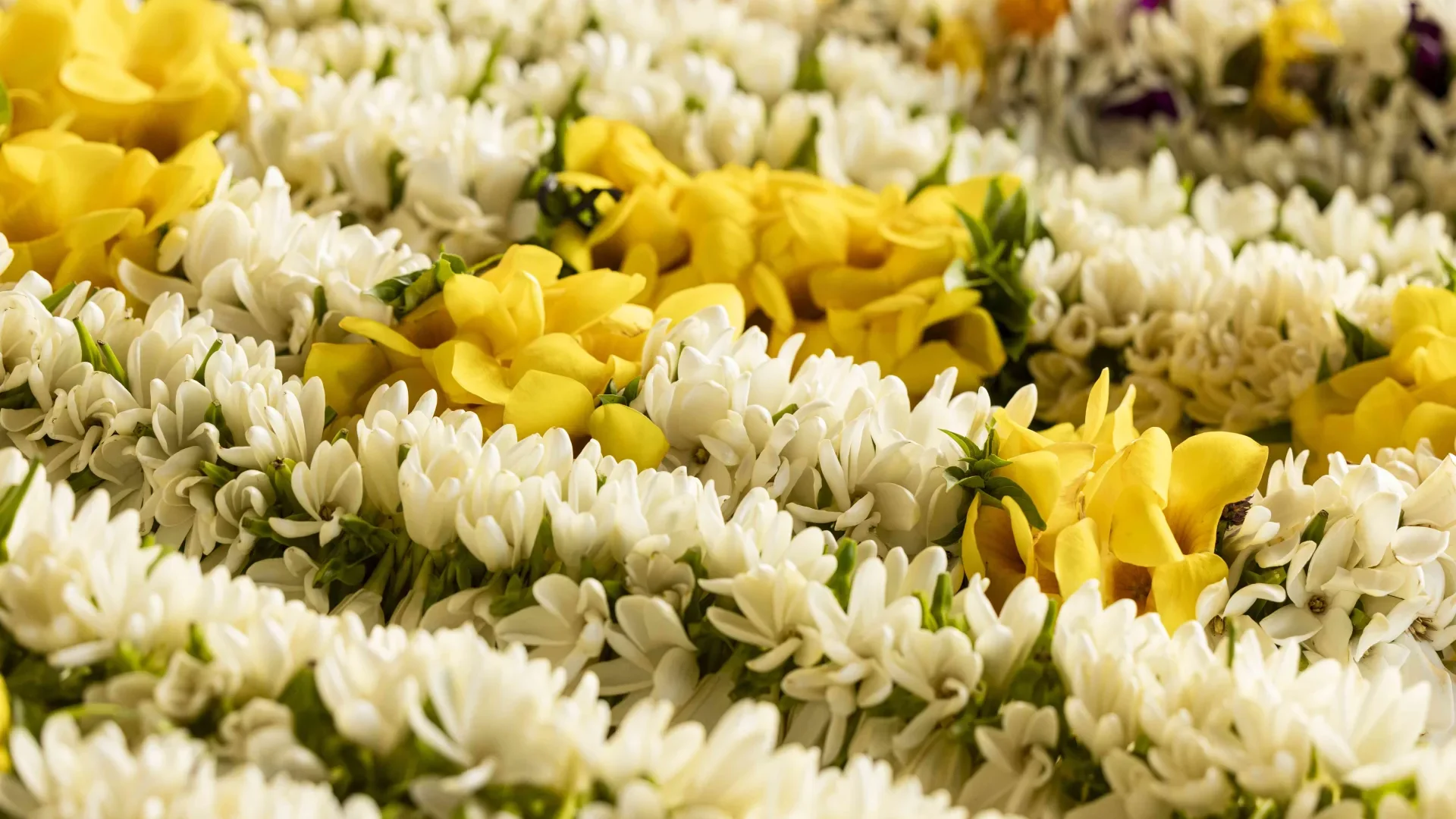
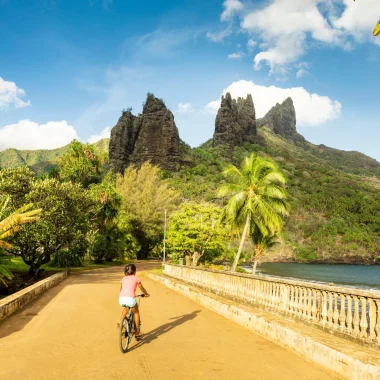
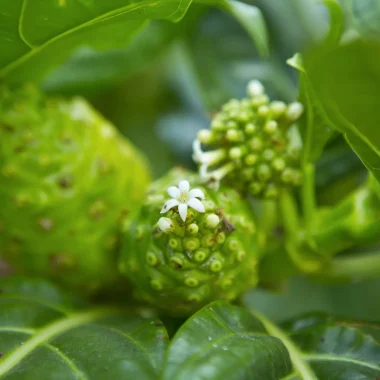
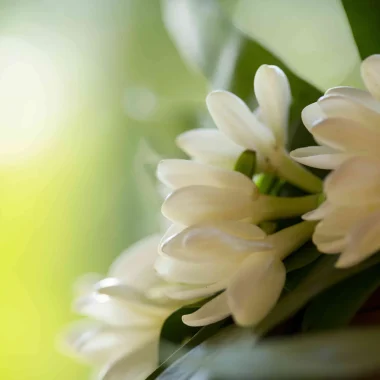
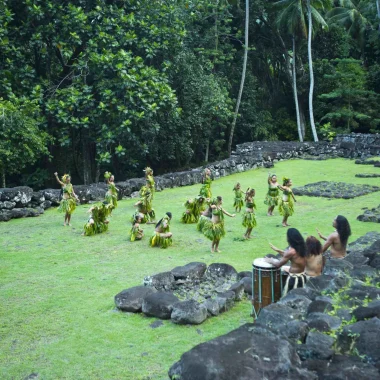
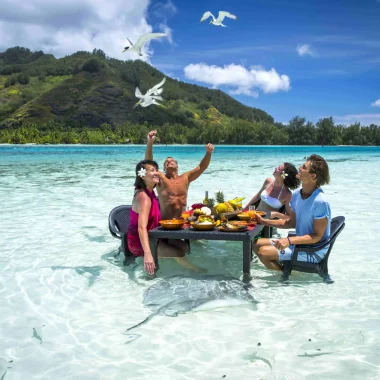
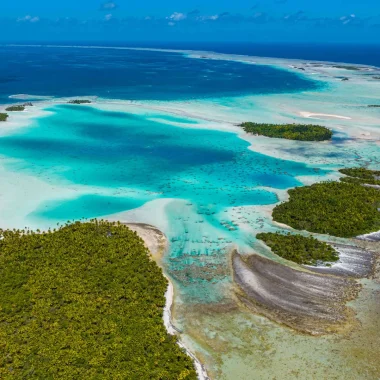
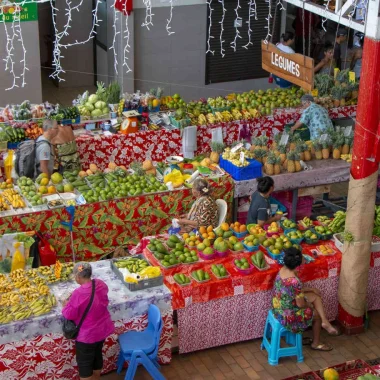
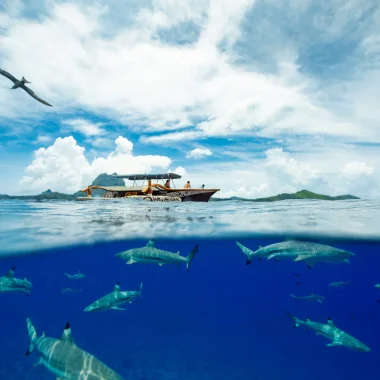
 Australia
Australia
 Belgique
Belgique
 Brasil
Brasil
 Canada (EN)
Canada (EN)
 Canada (FR)
Canada (FR)
 Chile
Chile
 Deutschland
Deutschland
 España
España
 France
France
 Italia
Italia
 Mexico
Mexico
 Polynésie française
Polynésie française
 New Zealand
New Zealand
 Schweizerisch (DE)
Schweizerisch (DE)
 Suisse (FR)
Suisse (FR)
 United Kingdom
United Kingdom
 United States
United States
 한국
한국
 中国
中国
 日本
日本